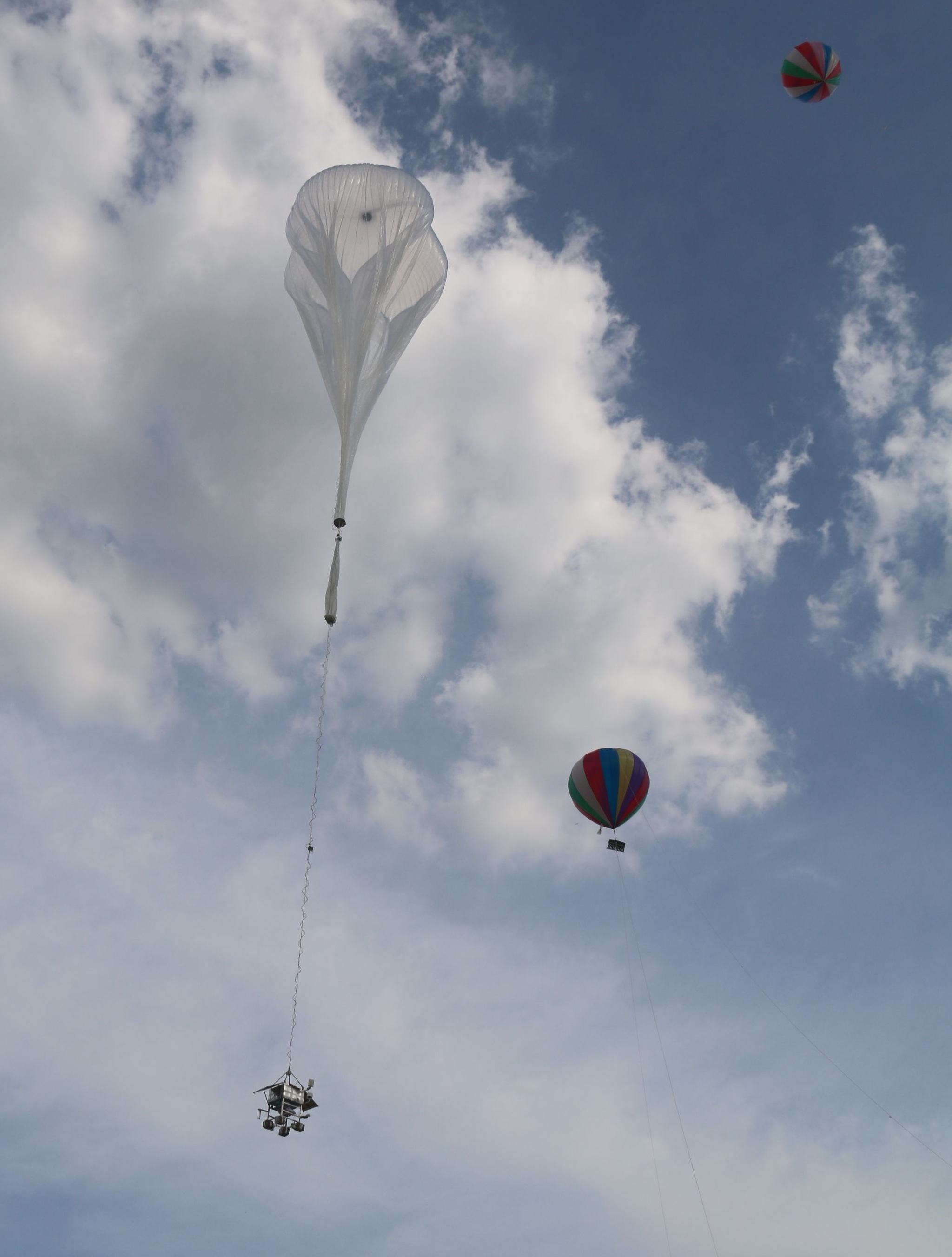Purpose of the flight and payload description
This balloon flight has been carried out under the umbrella of the Honghu Special Project (Near Space Science Experiment System) a strategic pilot technology program launched by the Chinese Academy of Sciences on March 2018. It focuses on the exploration and study of the near space environment, and relies on multi-type platforms to carry out the comprehensive detection of the near space with the most complete range of parameters possible.
Combined with multi-source data, the objective is to deeply describe the atmospheric environment, electromagnetic environment and radiation environment in the near space, and greatly improve the cognition and prediction of such realm. The aim of the program includes carrying balloon-based experiments in physics, chemistry, biology, optics, planetary space environment and remote sensing detection.Most of the balloon flights under the initiative made use of multi-instrumented platforms on which were performed experiments for all the disciplines mentioned above in a single flight.
Balloon launch operations are in charge of the Institute of Optoelectronics, Chinese Academy of Sciences.
Details of the balloon flight
Balloon launched on: 8/9/2018 at 6:31 local time
Launch site: Urad Zhongqi Airport, Urad Middle Banner, Inner Mongolia, China
Balloon launched by: Institute of Optoelectronics, Chinese Academy of Sciences
Balloon manufacturer/size/composition: Zero Pressure Balloon 50.000 m3
Flight identification number: HH-18-1
End of flight (L for landing time, W for last contact, otherwise termination time): 8/9/2018 at 11:30 local time
Balloon flight duration (F: time at float only, otherwise total flight time in d:days / h:hours or m:minutes - ): ~ 5 h
External references
- News about the mission Gatobuy website
16181If you consider this website interesting or useful, you can help me to keep it up and running with a small donation to cover the operational costs. Just the equivalent of the price of a cup of coffee helps a lot.


